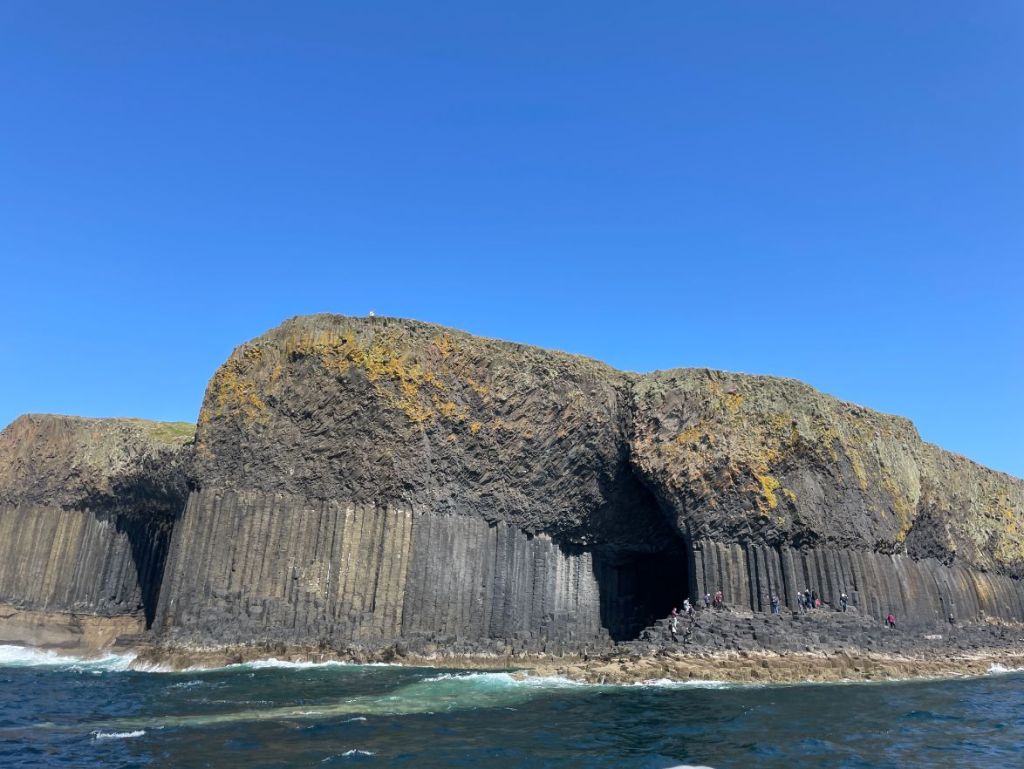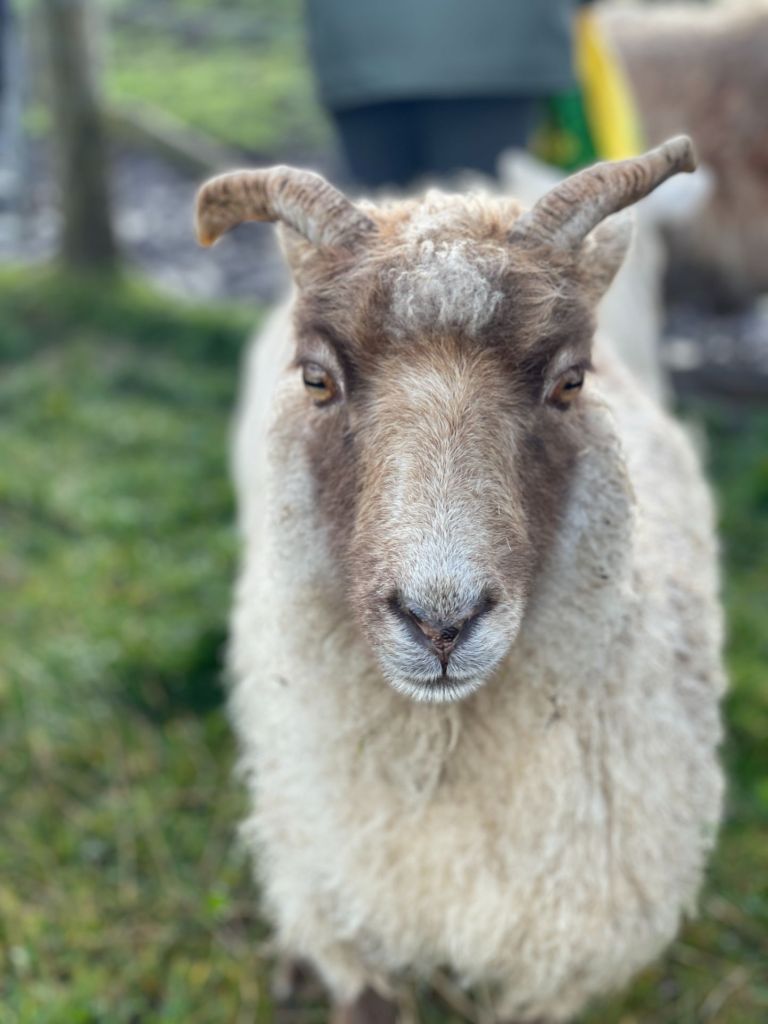Wild at Art
Creative Experiences in Scotland
Thoughts on Sacred Geometry

When artists Reni Gower and Melissa Hilliard Potter approached me about a collaborative project with the theme ‘Sacred Geometry & the Scottish Landscape’ I was intrigued right away. Sacred geometry sounded interesting and I sensed that Scotland with its ancient heritage and unique natural environments would have a lot to offer around this topic.
The artists’ own work and outlook also resonated with me a lot. We agreed on locations and dates and came up with an exciting itinerary that offers a good balance of excursions to interesting places and workshop sessions at the studio space.
I have to admit though that until recently I only had a rather vague sense of what sacred geometry, the topic at the heart of this creative experience, actually means. I had just been looking at the words from the outside. Realising this, I embarked on a wee journey of exploring the concept and how it manifests itself in different aspects of our surroundings.
So, what is sacred geometry?
One definition I came across was “Sacred geometry is a set of geometric abstractions and concepts used to describe the universal patterns found in nature, life, and the cosmos. It is believed that understanding and exploring these patterns can lead to a better understanding of the true nature of reality and create a connection between the material and spiritual universes. Sacred geometry unites science, technology, and spirituality in one system.” It’s a definition I found on Quora and summarises the concept quite well, I think.
The most common shapes to observe are the triangle, the circle, the square, the spiral, the cross and the flower of life. The study of sacred geometry associates them with different meanings or intentions. The circle, for example, symbolises wholeness or oneness and the triangle balance and harmony. The flower of life is considered a physical representation of the connection with all living things in the universe. There’s a whole world of spiritual practices based on these principles, but I want to stick to thoughts on recognising sacred geometry in nature and ancient man-made structures and how it can inspire art.

If we look, really look, we’ll see the symbols and patterns everywhere. Snowflakes, flower petals, crystals, a shell, the cornea of our eye, the interlocking hexagons of a beehive, a spider’s web, the branches of a tree. Or what about the formations of migrating birds. All this gives us a sense of everything being connected and that nothing and nobody exists in isolation.
The idea that the universe follows an intricate equation goes as far back as ancient Egyptian cultures. And for as many years this understanding has been expressed in different ways. In an essay she wrote for Reni’s exhibition catalogue, Melissa points out how, “from Buddhist sand mandalas to Hildegard von Bingen’s circular illuminated manuscripts, humans interpreted our world through geometric patterns that mimic those found in nature. Sacred geometry – known as ‘the architecture of the universe – exists in almost every culture’s art and architecture.”
It seems certain humans share a common need to represent patterns in the natural world. This has been the subject of Reni Gower’s work for decades. {Melissa Hilliard Potter}
Melissa describes how sacred geometry manifests abundantly in Gower’s work through repeating shapes, sculptural form, directional brushstrokes, collage material, and negative spaces. Reni herself describes hand cutting as a kind of meditation. Together, they’ve explored the theme through collaborative projects and workshops.
Our creative experience
Together, we will visit different locations in the west of Scotland to explore and let our experiences inspire our creative work.
Before heading into the wild coastal landscapes and abundant gardens of Argyll, we stop in Glasgow to learn about the city’s most famous architect and artist, Charles Rennie Mackintosh. He and his artist wife Margaret Macdonald Mackintosh used plant forms as a source for symmetrical and abstracted decorative motifs. Mackintosh’s recognisable designs often include the rose as a symbol of art, beauty and love.
If we trace the artistic form of things made by man to their origin, we find a direct inspiration from if not a direct imitation of nature. {Charles Rennie Mackintosh}
Then, in Argyll, we will visit different locations to observe and gather forms and patterns in nature. With guidance from Reni and Melissa, we will not only explore the sacred geometry in the natural world, but also look at ancient man-made structures, such as the standing stones and cairns at Kilmartin Glen. We’ll be based in the historic town of Inverary, on the shores of Loch Fyne and right next to Inverary Castle, which has beautiful grounds.
We’ll use this inspiration to create back at our studio space – through monoprinting and collage. We also get to meet some local artists and learn about their take on the theme of sacred geometry.
Why not join us on this unique creative adventure? We still have a few places left – find out more
SACRED GEOMETRY & THE SCOTTISH LANDSCAPE
Plant, Print and Collage: Sacred Geometry & the Scottish Landscape
Dates: 2-11 June 2024 – 5 places left (of 12)
Location: Glasgow & Argyll
Tutors: Reni Gower & Melissa Hilliard Potter, plus guest tutor Shirley Torrance
Activity: Printmaking, collage, foraging
Cost: from £3240 per person
Suitable for any creative skills level




























